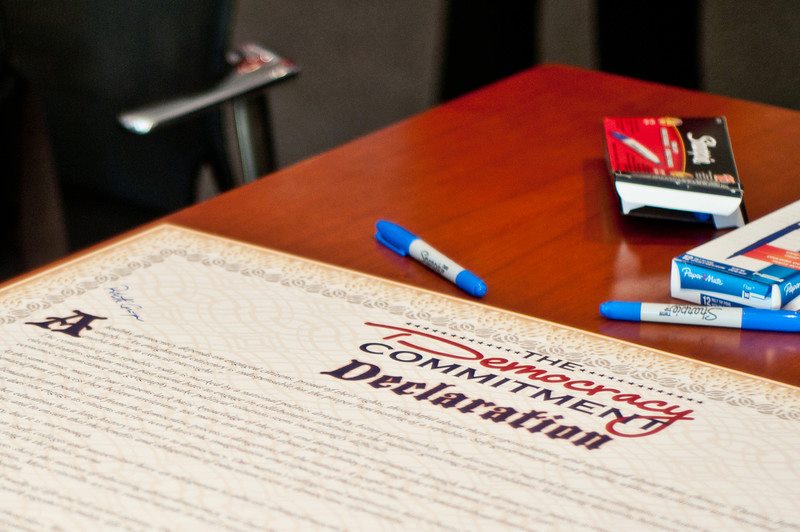Anthropology students and faculty at Towson University along with the United Workers-Free Your Voice have been working on a participatory action research project with high-school students in environmental science classes to qualitatively study the environmental hazards in South Baltimore. Curtis Bay, Maryland is located in the southern portion of the City of Baltimore, Maryland. The neighborhood is located in a highly industrialized waterfront area in the southern part of the city and receives its name from the body (cove) of water to the east in which it sits. The area has had a toxic history.
Historic Sediments of Global Trade
During the 19th century, guano fertilizer from Peru was a prized commodity, particularly around the Chesapeake bay where both cotton and tobacco had drained the soil of its nutrients. Guano imports which migrated through and often remained in Curtis Bay initiated a long period of uneven disposal of hazardous and/or toxic materials in the soils, air, and bodies of residents.
Global Oil
Prudential Oil Corporations in 1914 established a refinery in the middle of the Peninsula. Texas Oil Company of Delaware was established before the end of WWI. By the end of 1918, the Fairfield Peninsula was home to at least three petroleum product refineries and several fertilizer plants. Oil refining exposes the surrounding community to the risk of intense explosions while coal dust exacerbates lung and cardiovascular diseases.
Shipbuilding, Ship Breakdown in a Postindustrial wasteland
The Wartime efforts in the 1940s to manufacture materials needed to fortify American troops affected Curtis Bay. During this period, thousands of workers from WVA and elsewhere in Appalachia and African Americans migrated to Fairfield Peninsula for jobs in the shipbuilding and other emergent wartime industries. White workers received decent government subsidized housing while Blacks continued to be exiled to Old Fairfield only having access to substandard housing. The memories of expansive capitalism, exploitative laboring relations, race/class based discrimination, and toxicity do not simply linger as a historic artifact but rather continue to define how this landscape is viewed in Baltimore.
The Next Step in Curtis Bay’s Steady Decline into Toxicity
In 2009, Energy Answers announced it would build the nation’s largest trash-to-energy incinerator in Fairfield and presented the project as a solution to two crises: the waste crisis and the energy crisis. Energy Answers International promoted the project as a power plant providing schools and other facilities with “green energy.” The incinerator was originally slated to be sited less than a mile from Benjamin Franklin High School and Curtis Bay Elementary, which state environmental regulations wouldn’t have typically allowed (no incinerator can be built that close to a school). However, when the Public Service Commission approved the incinerator as an energy plant.*
Seize this opportunity to explore the Curtis Bay Area and the social justice work with Nicole Fabricant, Matthew Durington, and Samuel Collins, Ph.D.s, Associate Professors, Department of Sociology, Anthropology, and Criminal Justice at Towson University along with the students and community agencies.
*For more on the Campaign to bring to an end the Trash to Energy Incinerator, See https://stoptheincinerator.wordpress.com/
#CLDE17 Quick Links

